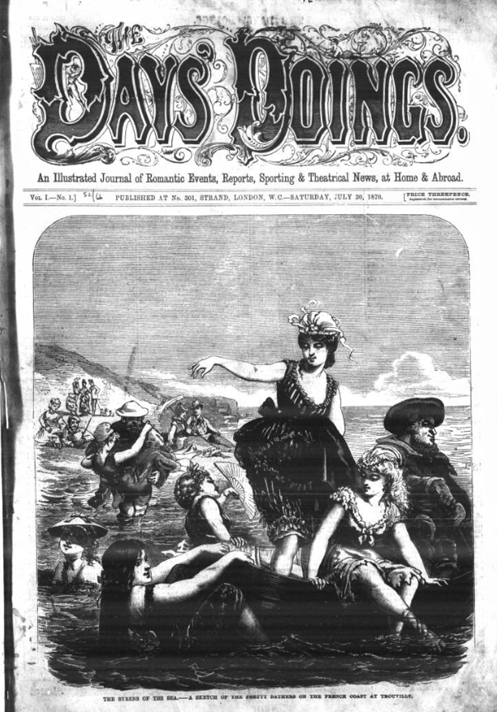PI: Matthew Stephens
Supervisors: Bob Nicholson, Andrew McInnes, Beth Gaskell, and Mia Ridge
Funding: AHRC Collaborative Doctoral Partnership with the British Library

Many of the national and local newspapers in print today had their origins in the nineteenth century – titles such as The Guardian (1821), The Daily Telegraph (1855), the Financial Times (1888) and the Daily Mail (1896) seem to represent the evolution of the newspaper press from small-circulation craft enterprise serving the interests of the educated elite to the industrial mass media that reached its zenith in the twentieth century. Echoing the adage that history is written by the winners, longstanding newspapers such as these have helped to establish a narrative of success being associated primarily with longevity in print – a narrative that, until recently, has also shaped a scholarly consensus.
My research starts from the position that these long-running publications, far from being typical, were in fact the exceptions in an extremely volatile and rapidly-developing industry, reflecting and driven by unprecedented technological and social changes. I am seeking to establish the place of short-lived newspapers as a significant proportion of the century’s print media using both quantitative and qualitative methodologies.
Detailed studies of specific short-lived newspapers are supporting a challenge to the conventional orthodoxy that holds that newspapers of a short duration were inevitable victims of undercapitalisation and/or incompetent financial management and, as such, should be disregarded in favour of long-running brethren. My research is also revealing many examples of short-lived newspapers that can claim to have been a success, whether in terms of meeting stated aims or having a lasting impact on the development of the industry far beyond their known life in publication.
One example, The Days’ Doings, launched with great success in the UK following an earlier existence in the USA. Its risqué illustrations were undoubtedly a factor in its popularity – but also drew the ire of a group of self-appointed moral champions who pursued it through the courts, forcing it to tone down to the point where its distinctiveness – and therefore readership – was severely diminished. Yet it blazed a trail which many others followed, and contributed to debates on public morality which continue today.
